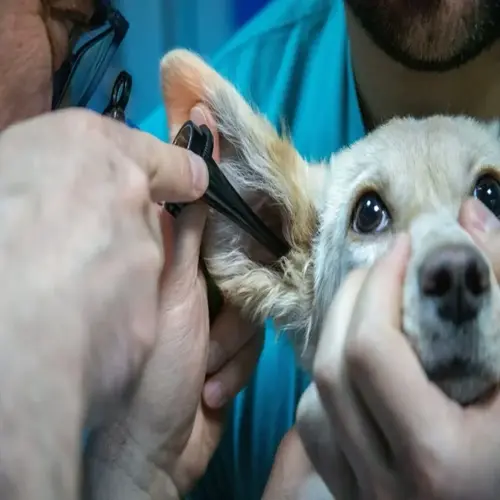Which harness type is better for dogs that pull?

Written by
Elin Eriksson
Reviewed by
Prof. Edward Clarke, Ph.D.Using the correct harness for pulling dogs prevents injuries and encourages pleasant walks for dogs and masters. The designs with the front clip successfully transfer force from the neck to the clip. When force is applied to the head, it will cause the dog to turn sideways. This transfers stress from the trachea and, at the same time, prevents pulling behavior.
Force Redirection
- Chest attachment points turn momentum sideways
- Distributes pressure across sternum not throat
- Prevents choking during sudden lunges
- Reduces risk of tracheal collapse long-term
Training Progression
- Dual-clip options transition from correction to freedom
- Start with front clip for immediate control
- Move to back clip as pulling reduces
- Martingale systems provide gradual feedback
Durability Essentials
- Reinforced stitching withstands strong pulling force
- Heavy-duty buckles for powerful breeds
- Abrasion-resistant materials last longer
- Metal D-rings prevent attachment failure
Choosing materials provides the maximum safety and comfort for hard pullers. Nylon is a very durable material, but it requires padding in the pressure points of the design. Neoprene provides cushioning during corrections. Thin straps should be avoided as they cause pressure and digging into the skin. Reinforced chest plates allow forces to be distributed evenly and prevent chafing.
To guarantee the harness functions as intended, a proper fit is key. Be sure to measure behind the front legs when the dog exhales, leaving a little room for the chest to expand. Always perform the two-finger test under all straps. After walking the dog, examine for rubbing behind the elbows.
Utilize harnesses with positive training methods. The key is to reward loose leash walking immediately. Provide consistent verbal cues. Start in low-distraction environments. Having proper equipment in training is more effective and safer for both of you.
Transitioning from high-control harnessing to freedom, in a stage-like approach, sounds much more manageable, especially as pulling declines. Start with no-pull for severe cases. When progress is made, move to front-clip! After that, you could use a back-clip for consistent leash manners with previously trained dogs; similarly, each phase still reinforces positive walking behavior.
Read the full article: Dog Harness Types: Essential Guide

